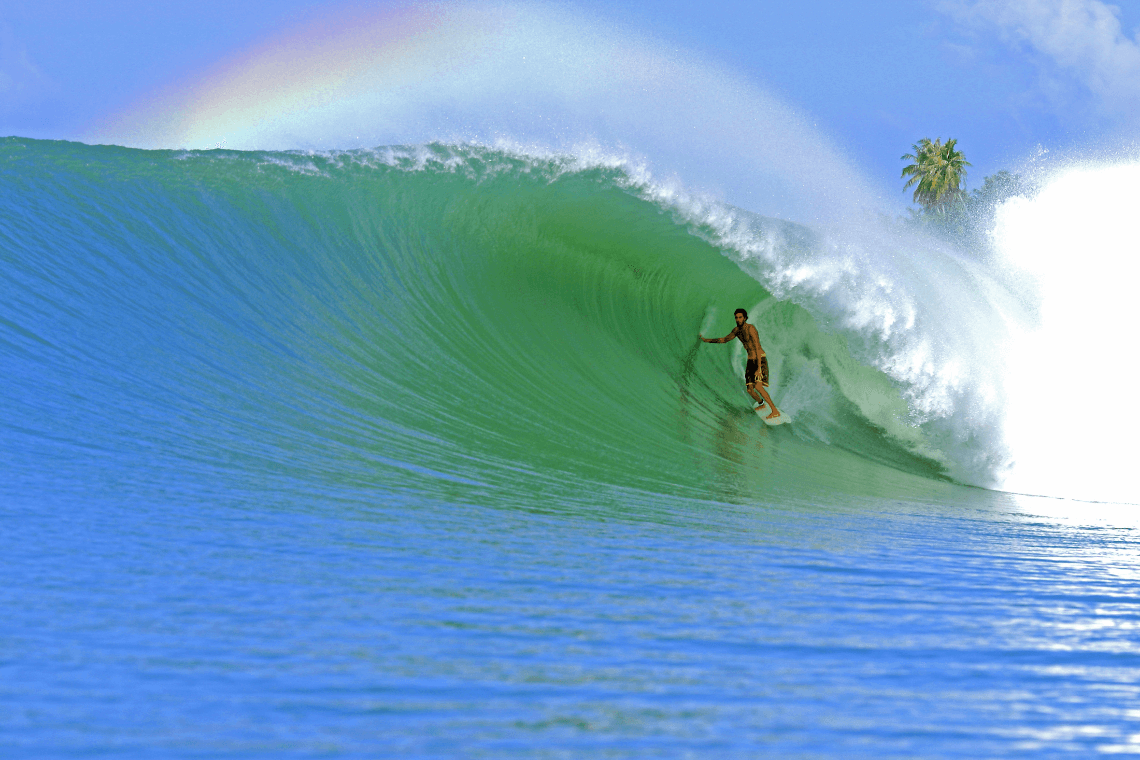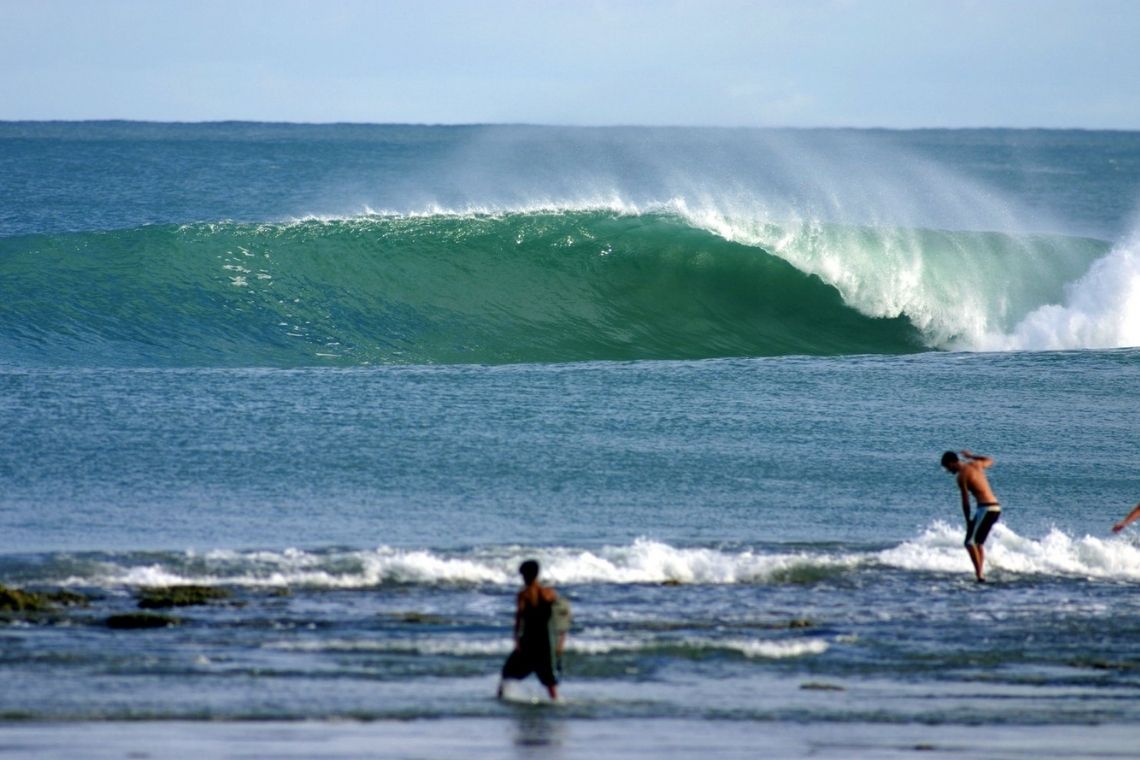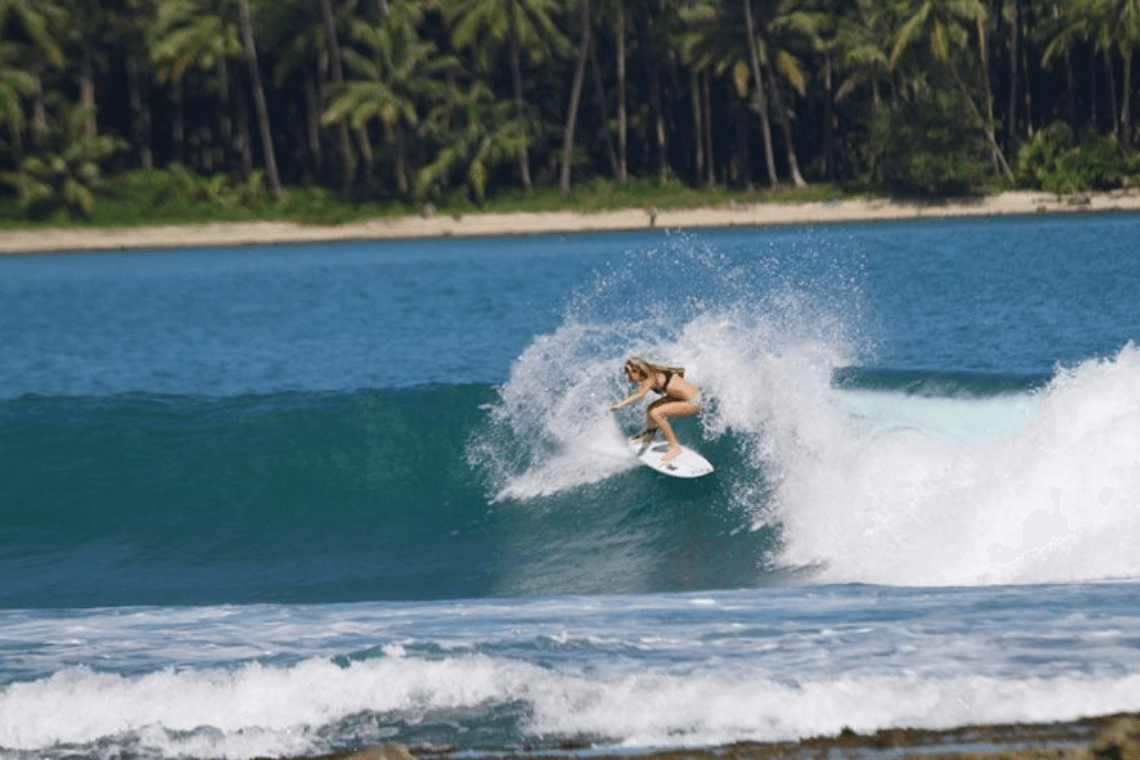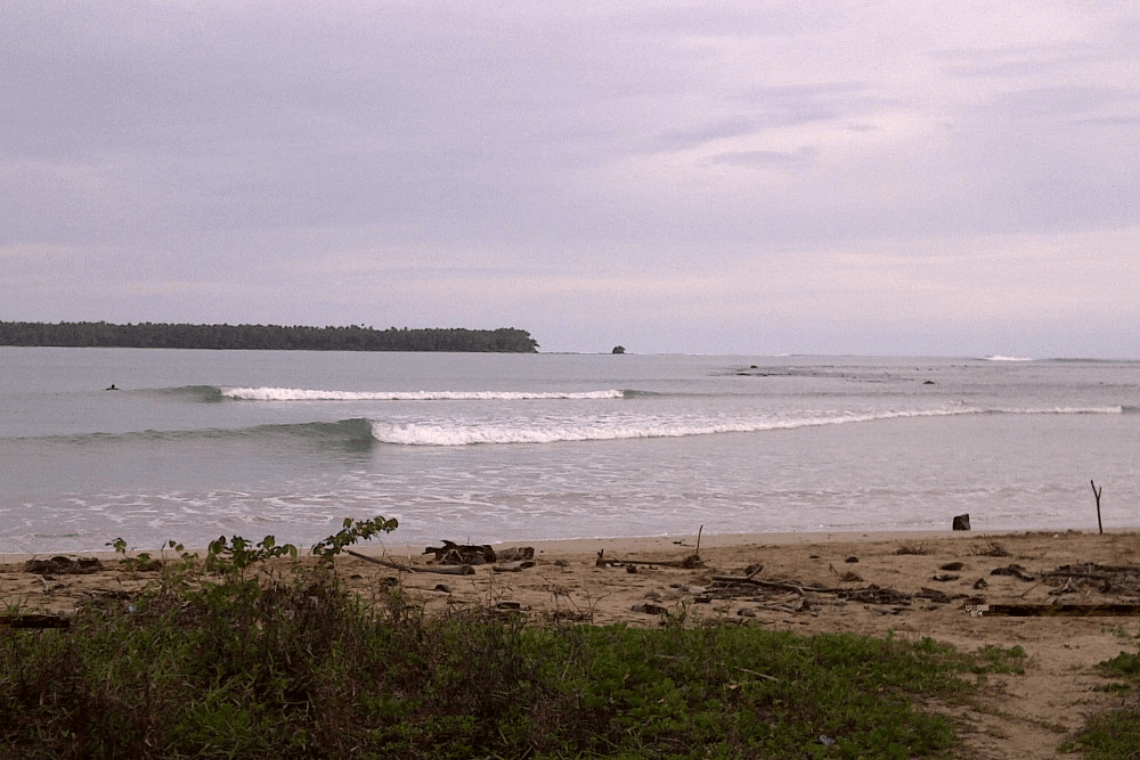Lagundri Bay Surf Spots
Lagundri Bay is home to one of the best right-hand point breaks on the planet and a number of other waves.
Also commonly referred to as Sorake Bay, Lagundri Bay is a deep horseshoe shaped bay on the southern coastline of Nias. The Point was first surfed in 1975 and word about it has spread around the globe ever since. Unlike some areas of Indonesia, Lagundri Bay is little affected by adverse winds, due to the hills and large coconut plantations that direct the winds offshore down into the bay with consistent surf year-round making it a highly prized spot to tick off your bucket list.
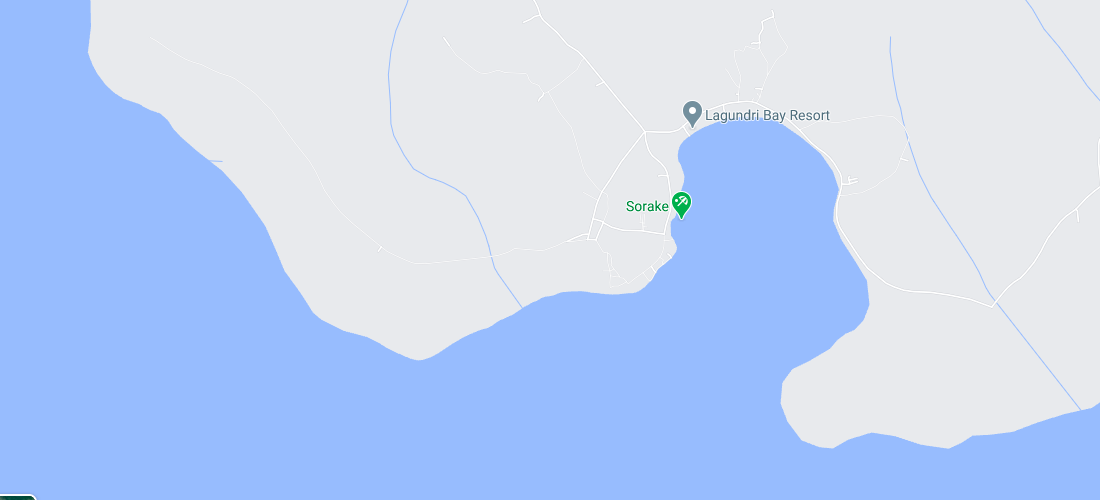
Indicators
The Point
Kiddies Corner
Lagundri Beach
Wave type:
-
Indicators: Point Break
-
The Point: Point Break
-
Kiddies Corner: Reef Break
-
Lagundri Beach: Reef Break
Wave difficulty:
-
Indicators: Advanced
-
The Point: Intermediate
-
Kiddies Corner: Beginner
-
Lagundri Beach: Beginner
Wave direction:
-
Indicators: Right
-
The Point: Right
-
Kiddies Corner: Right
-
Lagundri Beach: Right
Wave bottom:
-
Indicators: Reef
-
The Point: Reef
-
Kiddies Corner: Reef
-
Lagundri Beach: Reef
Booties:
Indicators: Yes
The Point: Personal preference
Kiddies Corner: Personal preference
Lagundri Beach: No
Surfboard type:
Indicators: Step-up
The Point: Shortboard/step-up
Kiddies Corner: Shortboard
Lagundri Beach: Short or long
Crowd factor:
-
Indicators: Low Crowd
-
The Point: Crowded
-
Kiddies Corner: Crowded
-
Lagundri Beach: Low Crowd
Hazards:
Indicators: Deadly end section
The Point: Crowds
Kiddies Corner: Crowds
Lagundri Beach: None
Best swell direction:
Indicators: WSW
The Point: SSW
Kiddies Corner: SW
Lagundri Beach: SW
Best wind direction:
Indicators: N
The Point: N
Kiddies Corner: NNW
Lagundri Beach: N
What tide is best:
Indicators: High tide
The Point: All tides
Kiddies Corner: High tide
Lagundri Beach: High tide
Best tide movement:
Indicators: Incoming
The Point: Incoming
Kiddies Corner: Incoming
Lagundri Beach: Incoming
Wave consistency:
Indicators: Fickle
The Point: Consistent
Kiddies Corner: Consistent
Lagundri Beach: Consistent
Best time of year:
Indicators: March – October
The Point: March – October
Kiddies Corner: Year-round
Lagundri Beach: Year-round
Lineup vibe:
Indicators: Chargers
The Point: Competitive
Kiddies Corner: Competitive
Lagundri Beach: Cruisey
Other names for spot:
Indicators: None
The Point: Nias, Sorake
Kiddies Corner: Kiddieland
Lagundri Beach: Beachie
How do you get in and out of the surf at Indicators?
Between The Point and Indicators is a keyhole in the reef. From The Keyhole, Indicators is approximately a 250 metre paddle. Head far to the right and you’ll see Indicators peeling over the reef. Stick to the channel until you make it to the peak and keep your eye out for dry reef on the inside. If it’s your first time surfing Indicators, stick to the line-up for the first few waves and keep an eye on where and when other surfers are kicking out. It’s good to be conservative on your first session anywhere, but particularly so at Indicators. Don’t get caught on the inside.
How do you get in and out of the surf at The Point?
The Point put Nias on the map as one of the greatest waves in the world and potentially one of the easiest paddle outs too. Surfers paddle out through a small break in the reef called the keyhole located directly in front of Sorake Beach on the topside of The Point. A quick 1-2 minute paddle puts you at the peak with dry hair. While The Point is predictable, easily accessed, and by far one of the best waves globally, know your limitations and be prepared for thick, heavy, reeling barrels. If you’re caught in the impact zone instead of paddling through the oncoming sets you can head for the deep water of the channel and back out to the point. It is also reassuring to know that The Point breaks in deeper water and it is rare to touch the bottom even if you kook it over the falls. When you come in, catch a wave prone across the top of the reef to the step stone walk in front of KabuNohi.
How do you get in and out of the surf at Kiddies Corner?
You can enter and exit the lineup over the reef. Just take your time, watch it for a while and wait to paddle out in between sets steering well clear of other surfers.
How do you get in and out of the surf at Lagundri Beach?
Depending on the conditions and the sand, take some time to see what the waves are doing and then pick the best route to paddle out.
What is the beach like?
There is just a thin strip of beach lining Lagundri Bay with the most sand located in the deepest part of the bay at Lagundri Beach. These days the bay is busy with surfers and locals that make their living off surf tourism, however, if you want to escape the crowds you can venture off to neighbouring beaches which are much more secluded. However, the beaches in the south or Nias aren’t that pretty compared to most Indonesian beaches.
Where should I stay?
Along the point in Lagundri Bay, you’ll find it lined with local homestays and various other accommodation options. Be sure to book your accommodation in advance to ensure there’s a room waiting for you on arrival.
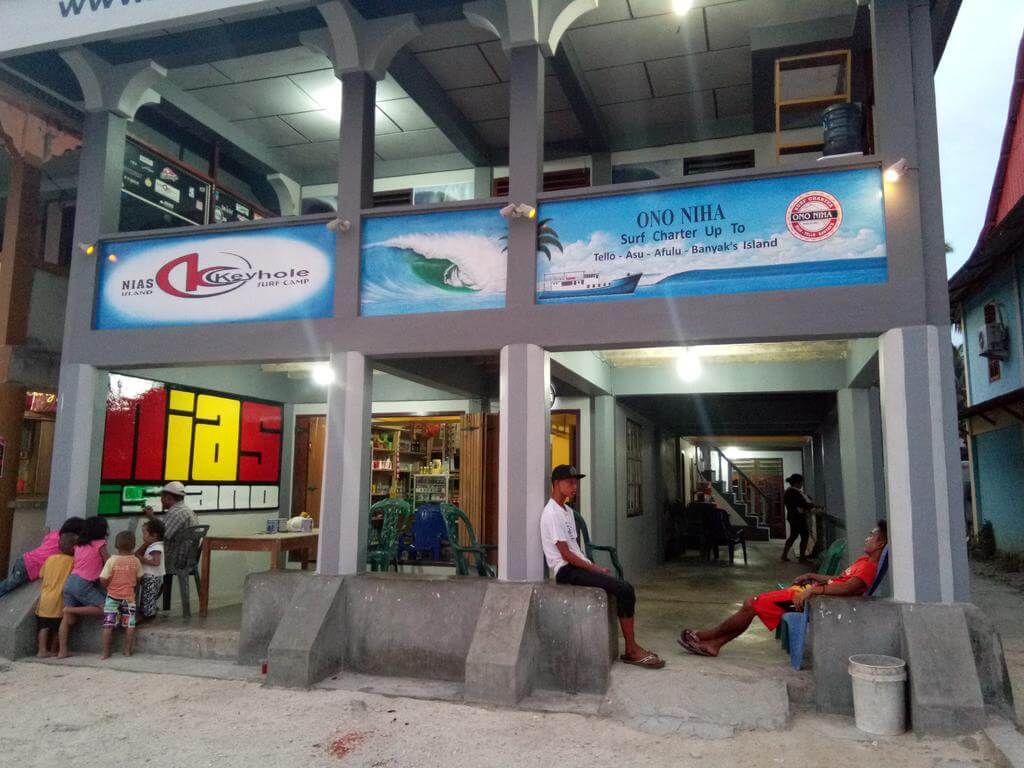
Nias Keyhole Surf Camp
Nias Keyhole Surf Camp is aptly named for the very reason that you have access to the keyhole right on your doorstep. Literally, the closest accommodation to get you out into the lineup through the keyhole at the point, Nias Keyhole Surf Camp is a budget-friendly guesthouse for an ultimate Nias adventure. Family owned and operated, they have six air-conditioned rooms each with a private bathroom and one large air-conditioned room with 2 bathrooms perfect for families or groups.
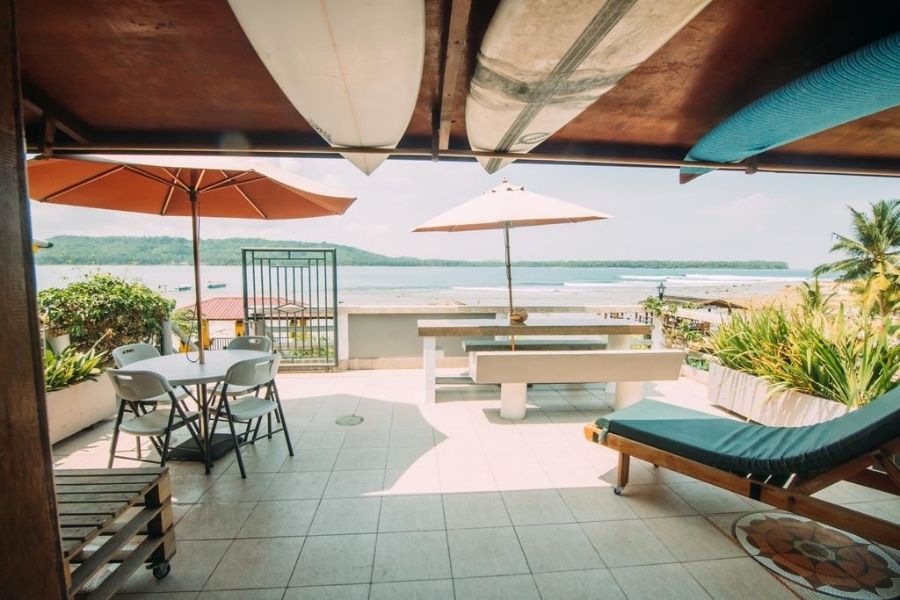
Jamburae Lodge
Located beachfront down the end of the point with views over the surf in Lagundri Bay. Jamburae Lodge is a story building with private rooms in what you could say is an extra-large home. The perfect place to stay for surfers who are looking for a nice accommodation with prime views of The Point from a spacious second-story terrace. From the terrace, you can check the wave conditions or just relax and watch the surf for hours while sipping on a smoothie or beer. All in all Jamburae Lodge provides good food, helpful staff, and the local owner-operator Site is a great host too!
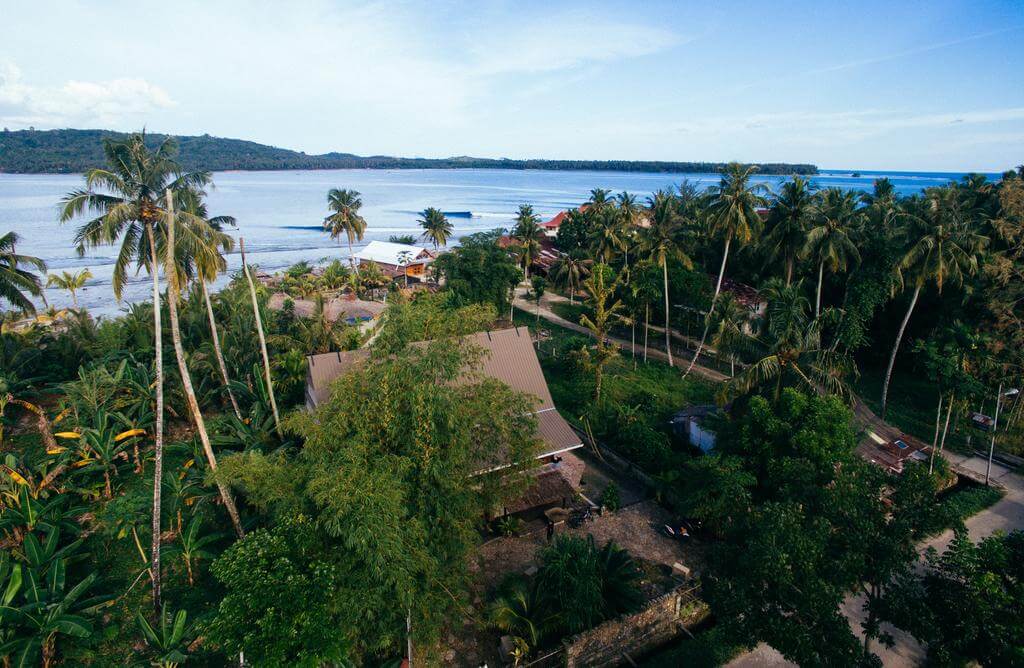
KabuNohi Sorake
KabuNohi Sorake is the first upscale resort in Lagundri Bay and as far as accommodation goes it is as good as you can get. The resort stretches over 100m from the front gate on Sorake Road through to the ocean front with views over The Point and Kiddies Corner. Within the open space resort you will find a restaurant, beautiful bar, shared lounge and immaculate gardens. Choose from standard bungalows, deluxe bungalows or the KabuNohi Surf House during your stay. The main building has been built in an impressive traditional South Nias style where the open plan ground floor and local carved furniture is sure to impress and provide a super relaxed atmosphere.
Faq
How did the 2005 Nias–Simeulue earthquake affect the waves at Lagundri Bay?
While the earthquake actually improved The Point and increased the time spent in the barrel, on the opposite side of the bay, a left-hander called The Machine now rarely breaks, requiring a very high tide and large swells.
Who was the first to surf at Lagundri Bay?
The Point was discovered in 1975 by travelling Australian surfers Kevin Lovett and John Giesel. Accompanying them were Peter Troy and Wendy Adcock of Australia, New Zealander Michael Day and Australian Patrick Waite. Lovett and Giesel, aged 20 and 22 at the time, were travelling through south-east Asia, living rough and pursuing the surfer’s dream of perfect uncrowded surf. They were drawn to Nias by a map they saw in a chieftain’s house in North Sumatra. On their final sea leg to the island they found legendary surf traveller Peter Troy and his partner Wendy Adcock. Michael Day, 25, a former surfer, and Patrick Waite were travelling in Indonesia and just happened to arrive at the time of the discovery.
On the island and after traveling 15 km through the jungle they finally reached the bay and were greeted by, as Lovett put it, “Relentless sets of smokin’ 6-to-8 foot almond-eyed waves”. Those who surfed it for the first time were Kevin Lovett, John Giesel and Peter Troy. Michael Day, who swam in the break, could speak Indonesian and, at the request of Lovett and Giesel, asked a local to build a shack for them, and he agreed. That was the beginning of the surf village now there. Lovett and Giesel lived there for 3 months surfing it alone.
What else is there to do in the area other than surfing?
- Botohili Village is within walking distance with two traditional villages.
- Hiliametaniha Village is a 40 minute walk down the point along Lagundri Beach and up the hill. Hiliametaniha Village is still very traditional and provides a great view over Lagundri Bay up to Sobatu Bay.
- Bawomataluo Village is where the king/chiefs house can be found which is said to be over 200 years old and thought to be both the oldest and the largest on Nias. Bawomataluo Village is renowned for its cultural displays of war dancing and the famous stone jumping sport and sun hill sunset.
Traditional Markets can be found a 30 minute drive from Sorake in the village of Amadaya. Every Thursday there is a traditional roadside market here that is very busy. Produce from the surrounding mountain villages is spread along the side of the main road and sellers and buyers bargain for goods. Here you can get a great perspective of Nias village life and the Nias people.
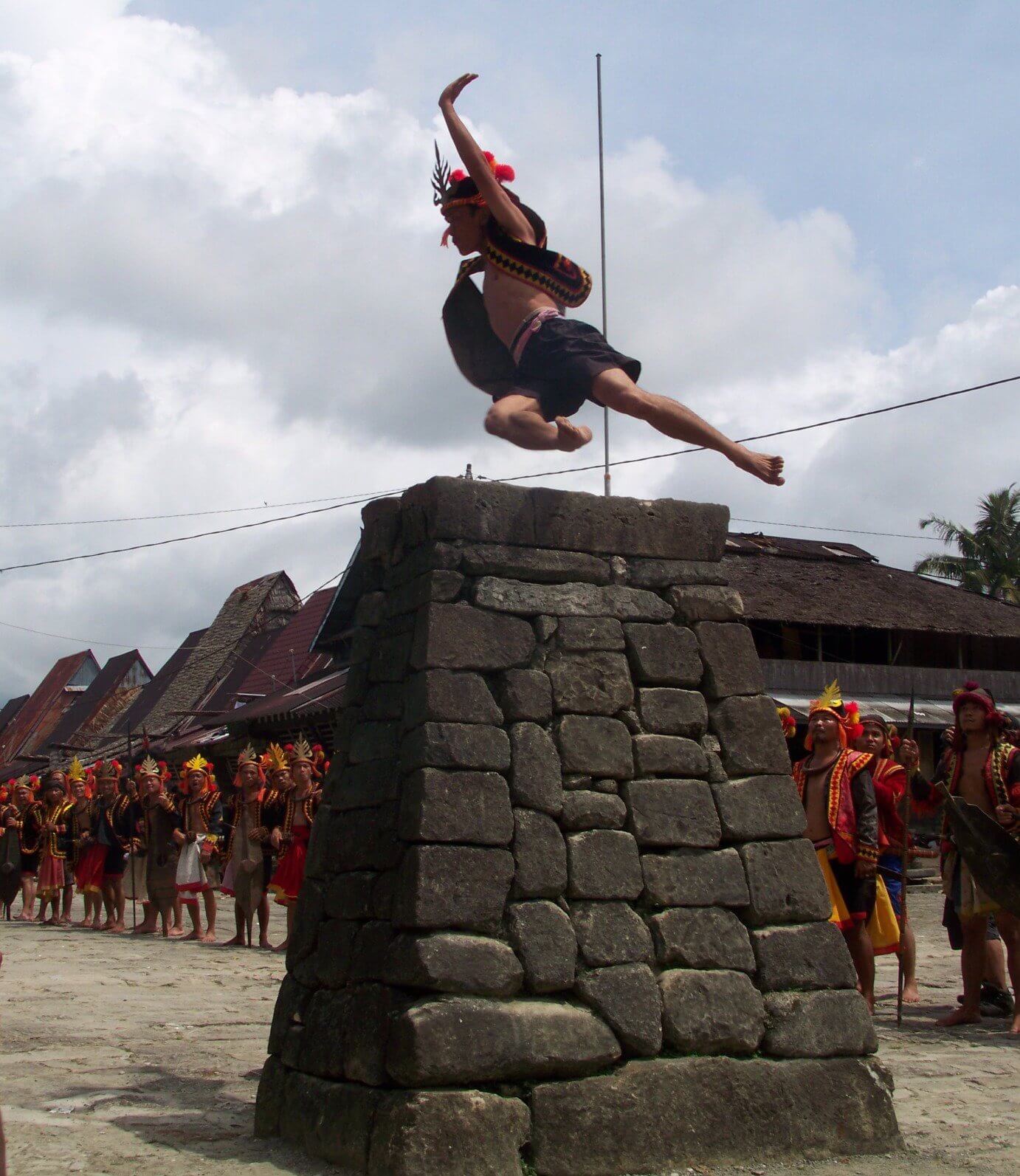
What else
do I need
to Know?
Access Our Exclusive Members-Only Content
Unlock the Spot Finder, all Spot Guides, Member Perks and more.
Location
Where is Lagundri Bay?
Lagundri Bay is located on the southern coastline of the island of Nias. Nias sits to the south of Simeulue Island and to the north of the Telos Islands off the western coastline of North Sumatra.
How to get to Lagundri Bay?
If you’re determined to score one of the most perfect waves on the planet, then the gateway to Nias Island is Medan in Sumatra. Here, flights run daily to and from Nias…seriously don’t bother with the slow ferry option. If you are coming from Bali your trip will look like this.
